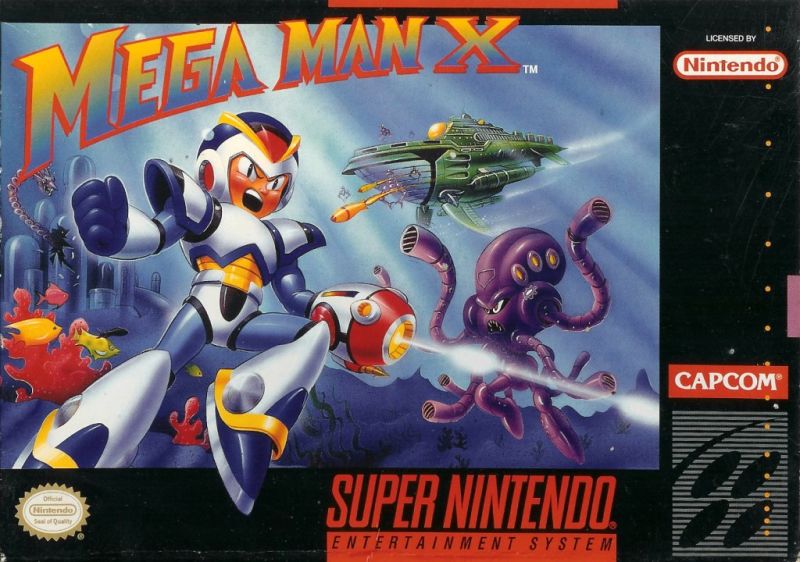Yes, we’re all tired of talking about loot boxes, but it’s hard to put the topic down when we hear so much of it coming from developers and publishers.
After the Star Wars Battlefront 2 backlash, governments from the US to Sweden have taken notice. One US Senator has written to the ESRB regarding predatory monetization methods in games. (The ESRB responded shortly thereafter.) In the background of all of this, Activision (and Blizzard) announced that they made $4 billion from lootboxes and microtransactions last year, encompassing sales from the infamously lousy Destiny 2 to unexpected esports and streaming giant Hearthstone.

Let’s look at one of those for a moment. Destiny 2 is an MMO shooter, with mechanics that involve killing things for rare drops. Leveling up gives the player bright engrams, which are loot boxes with a fancier name. While it’s certainly possible to prosper without paying a cent for extra engrams, Bungie’s awful track record with Destiny 2’s content makes it such that players certainly don’t feel that way.
No, it’s not the loot boxes themselves killing Destiny, because there are dozens of ways they could have integrated them into the game, it’s how Bungie is shoving them into your face at every turn and makes them an inescapable part of the game. Want to get rare seasonal items? Loot boxes. Want to get loot boxes? We throttle your progress so you can’t get your loot boxes as fast. Want rare emotes? Keep opening loot boxes. Get a shader? You’ll need to get more! You could be doing something more meaningful with your time in Destiny, but Bungie seems to be pretending that the loot boxes are the actual game. Even the gacha mobile games aren’t that transparent.

It’s pretty obvious where Bungie got the loot box idea – Bungie is owned by Activision, which also owns Blizzard, which owns Overwatch. Overwatch manages to get away from the ruckus using the increasingly flimsy excuse that their loot box contents are cosmetic only, but I personally find that there’s not much reason to play Overwatch if you’re only in it for the skins anyway, and I don’t mean the hundred or so recolors that are the only skins you can directly purchase. There’s plenty of content for competitive players, to be sure, but the game gets stale fast. There is a point where you can stop blaming the microtransactions proper – what if it’s to do with how the rest of the game is designed?
Let’s consider that most of the fallout from Bungie and EA recently also have to do with terrible communication, and it’s not like they can just say that “sorry, Activision told us they wanted this”. But it’s unclear how much executive meddling takes place during the development of a game. We’re certain that it does take place, but it’s not transparent if at the start of development, the devs are already told to design the game around microtransactions, or if the game is somewhere at 80-90% completion before someone steps in and asks to throw in loot boxes in the game.

Even games like Horizon Zero Dawn and Assassin’s Creed Origins have in-game boxes that can’t be bought with real money – while it’s great that these games didn’t go in that direction, the fact is that those systems are still in those games. For all we know, Ubisoft decided not to implement them at the last minute.
But it’s entirely possible to make a game with the same degree of complexity and scope as something like Destiny without ruining it with forced microtransactions. Warframe has had microtransactions for years, but unlike both Destiny and Overwatch, Warframe lets players trade with each other and if there’s anything you want in particular, you can always check the in-game store to see if you can buy characters and weapons up front for real money. On top of this, Warframe doesn’t come with a $60 price tag and doesn’t have loot boxes.

Warframe isn’t the only free to play game with a huge online presence that has microtransactions. League of Legends also feature cosmetic skins featuring their respective esports teams, and much of the game’s content aside from the odd character drop are new skins. Dota has a thriving marketplace and Hearthstone’s cards come in packs.
From these, Hearthstone is the only game with a barrier to entry that can be immediately overcome via microtransactions, but that’s more to do with it being a card game than the developers intentionally skewing progress towards players with more money. This sort of scheme where you pay to accelerate progress is to me, personally acceptable because the slow grind helps players learn the ropes of the game before encountering other overleveled players, and is visible in mobile games like Clash of Clans.

And then there are the “scummy” gacha games, of which many like Fire Emblem Heroes (surprisingly!) and Granblue Fantasy are far more generous than their paid loot box counterparts. Depending on the game, these can be designed to be clearable with only free content, or designed to require a minimum amount of spending if the player wants to be competitive. I’ve personally been burned by the gacha in Fate Grand Order on occasion, only to suddenly pull gold units from free in-game currency the next month. The aforementioned games also have guaranteed rolls every once in a while.
Obviously, a lot of these games will have mechanics that’ll encourage players to roll more, like Fire Emblem’s mechanic of passing skills to other units and SMT Liberation’s fusion mechanic inspired from the previous Shin Megami Tensei games. But unlike in the west, the gacha games that originate from Japan are already following legal rules that the ESRB has yet to enforce on loot box games – pull rates are published, users under certain ages have a cap on how much they can spend per month on microtransactions, and certain more abusive gacha practices have been deemed illegal.

China has already required that gacha and loot box games are transparent with their pull rates. Who would have thought that China would be more progressive than the west in curbing predatory practices? This doesn’t stop people from rolling excessively, but in this case, there is government regulation in place to ensure that when people are rolling, it’s not because the game is designed to frustrate you to the point of doing so.
Publishers should just make up their minds if they want to stay in the console space with premium products, or go freemium instead of putting lootboxes into premium paid products. I’m not suggesting that they go the way of Konami and focus entirely on small scale-huge returns ventures like mobile games and pachinko. But as game productions get bigger, publishers should try to make money off selling their IPs instead of milking money off players – lower the barriers to entry, get more people interested in your product, and you might find that more players mean more money.
That, or just make all the games free if you’re going to put microtransactions in them anyway.






